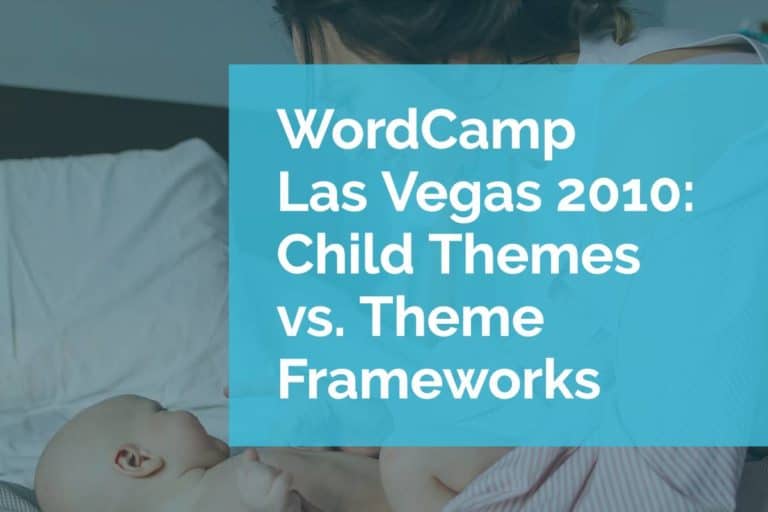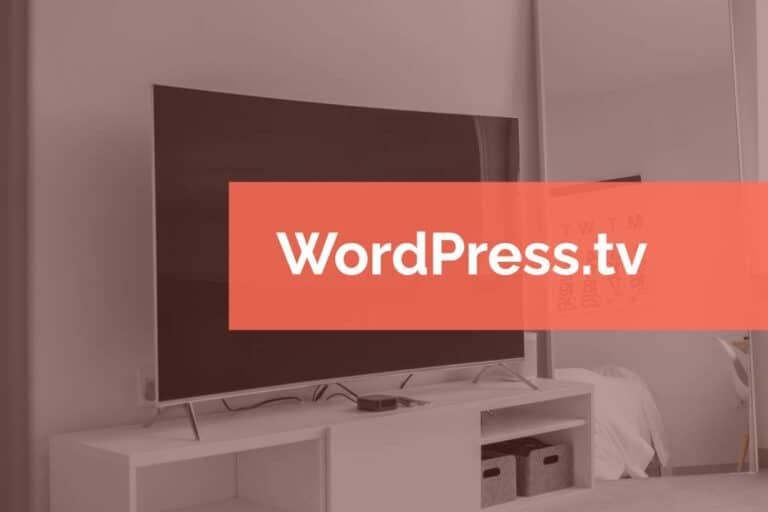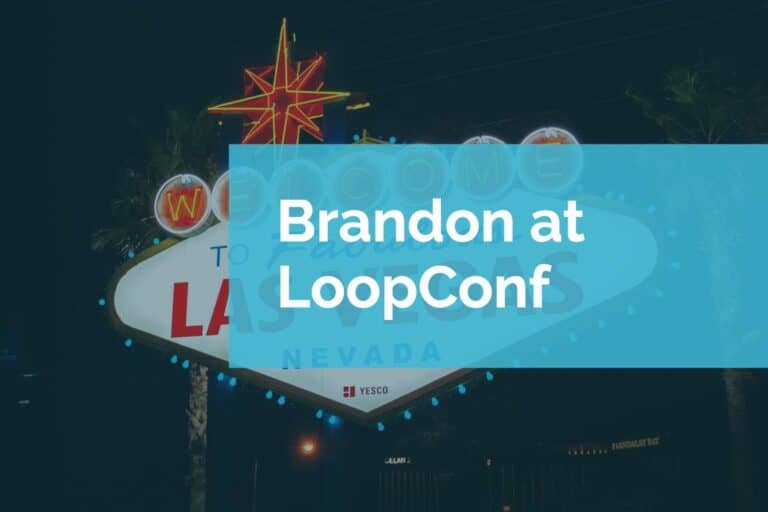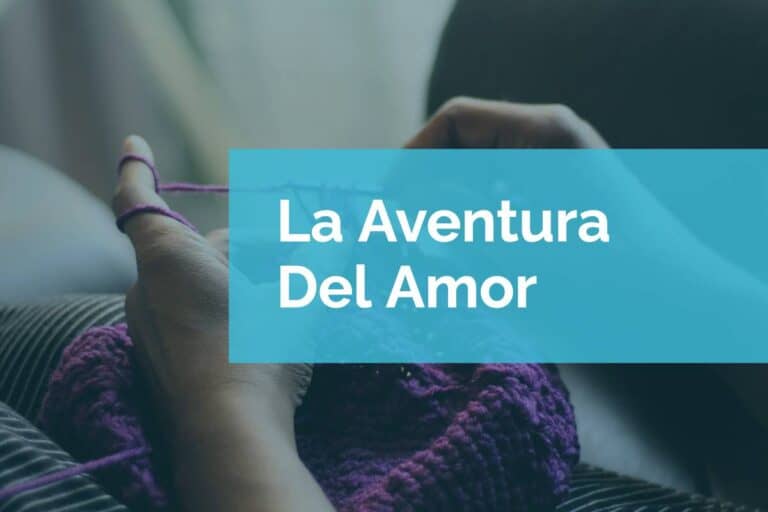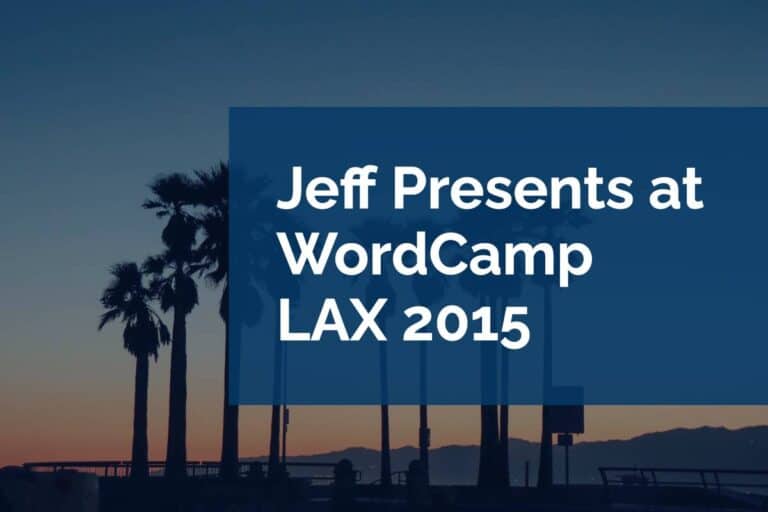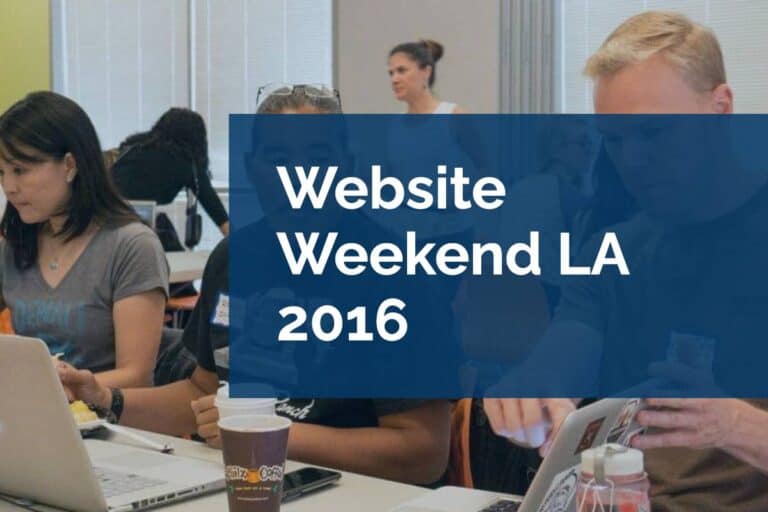WordCamp Las Vegas 2012: Newbies – You Are Not Alone
This introductory presentation was delivered in 2012. While many things have changed for newbies since it was presented, many things remain the same. This is a broad summary of the presentation.
What is WordPress
WordPress is a tool to build beautiful blogs. But, it’s much more than that. You can use WordPress to build big sites that you wouldn’t expect to be built with something that started as a blogging platform. At its core, WordPress is an open-source content management system (CMS). However, that definition barely scratches the surface.
What is the WordPress Community
WordPress is also people. Some would say it’s primarily people. There are several layers to the WordPress Community and the involvement of people is crucial to each of them.
Volunteers – WordPress is built and supported by volunteers. As an open-source project, anyone can submit issues and suggest improvements to the project so that the software can continue to evolve with the needs of its users.
Commercial developers – There are people who build “premium” (see below) themes and plugins to provide additional tools and features to WordPress users. These developers are banking on the fact that what they’re building enhances WordPress and that users will purchase their offering.
WordPress consultants – Some individuals and agencies offer their expertise in creating website solutions based on the WordPress codebase or helping with custom development on an existing site.
End users – The vast majority of people are end-users. They may be running a site, or an employee fulfilling an important role in managing the same.
WordCamp and Meetups – Finally, there are the volunteers and attendees of WordCamps and meetups that keep the spread of learning and excitement alive.
Some Common WordPress Concepts (and Misconceptions)
WordPress is easy to use – While we love WordPress and it continues to improve over time, there is some complexity to using the software.
WordPress is extensible – There are plugins available for everything you could possibly want to add to your site. And for those things that don’t already exist, new plugins can be built.
Premium themes and plugins – Premium is a little bit of misnomer since it indicates quality. In the WordPress world, it’s a term that means there’s a cost to it. A more apt term would be Commercial theme or plugin.
Upgrade all the things – Since we’re dealing with discrete bits of code with WordPress core, your theme, and each of the plugins you’ve installed, you need to keep everything updated.
WordPress Core Concepts
The Dashboard – The main control center for the back end of your website. This is where you configure all of the pieces that make up your site so that everything appears and functions correctly for your visitors. Some areas of the dashboard are one time configurations that you need to work through – privacy, writing etc. Some areas of the dashboard give you feedback on the status of your site.
The Blog – The subset of features that controls blog posts. Posts are displayed in reverse chronological order and are typically timely content that is added to the website over time.
Posts have two taxonomies available to help organize the information. Categories are the broader topics that posts are related to and tags are a finer taxonomy to add more detail to the organization of posts.
Blog posts have an editor to make creating the content of the post easy to pull together. You can be save posts as a draft, preview them, make them private, make them sticky, categorize them, or tag them. Each post can have different settings applied so that you can develop an editorial process for publishing new content. You can also assign a featured image for each post. Your theme may make use of this featured image.
Pages – Hierarchical content for your site. These are most likely the timeless and hierarchical content of your site. These pages form the structure for your website and change less frequently. Pages can be created as child pages of other pages to reinforce the hierarchy of content.
Menus – The feature set that allows you to control what pages or posts display in the navigational areas of your site.
Themes – The styling for your website. Themes control the display of content for your site.
Plugins – Additional features that you can add to your site. Plugins typically focus on the functional components of a site as opposed to the display.
Widgets – A bridging feature that connects the functional components of plugins with the content display of themes. Your theme controls how many widget areas are available for you to place widgets into.
Where Do You Go to Find Help
As always, feel free to reach out to us if you have any questions. If you’re a newbie, you can further your own learning with one of these resources.
